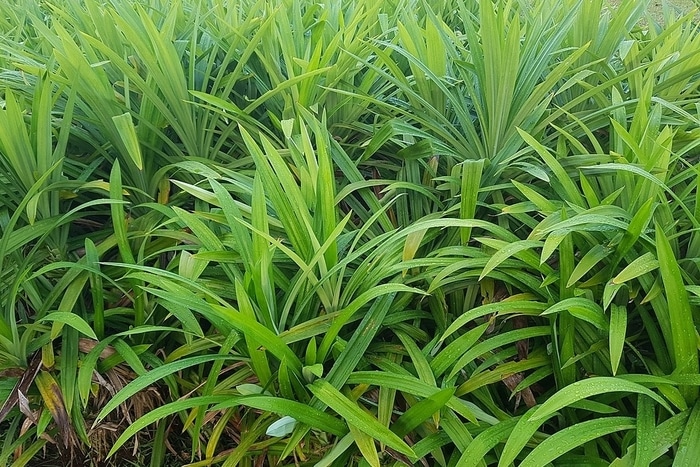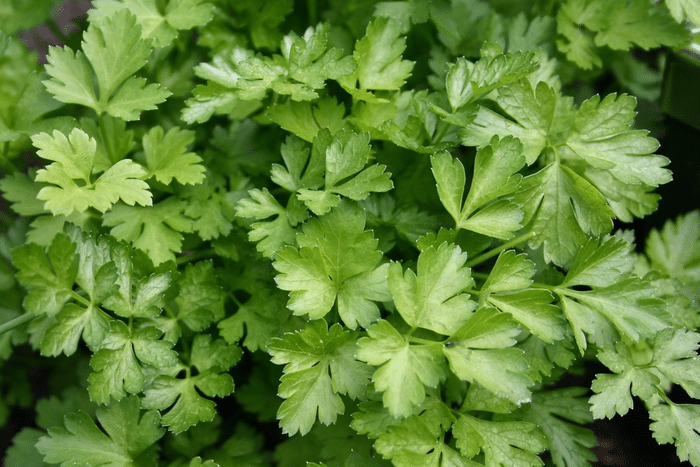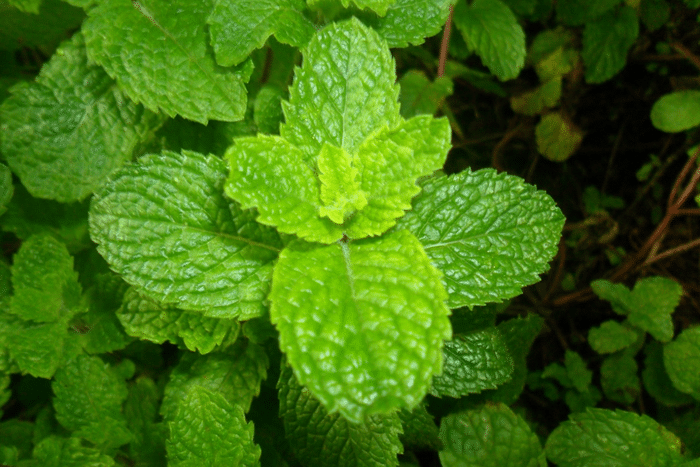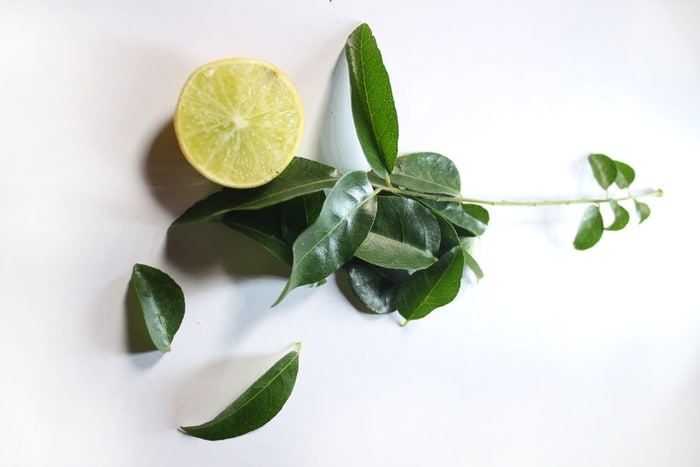Best Culinary Herbs To Grow At Home in Singapore: A Beginner-Friendly Guide
PUBLISHED April 6th, 2020 01:00 pm | UPDATED August 18th, 2023 12:01 am
Brighter and finer than their dried siblings, fresh herbs are the magic touch in almost any dish. Sadly, subtle on the palate though fresh herbs may be, buying them on the reg does weigh on the wallet. The savvier option? Growing your own herbs at home, of course. Forget farm-to-table – plucking your own greens from balcony to kitchen is where it’s at.
If you aren’t blessed with green fingers, fear not – there’re plenty of fuss-free herbs that thrive in tropical Singapore. To get you started, we’ve gathered ten common herbs that are a must-have in diverse recipes, from Thai curries to Mediterranean meats. With just a little watering and care, you’ll get a steady supply of your fave flavour boosts – not to mention a lovely splash of colour in your space.
Rosemary

Rosemary needles pack a pungent scent – they’ll fill your kitchen with woodsy fragrance, freshened with lemony undertones. On the palate, rosemary tastes pine-like with a touch of astringency. Its earthiness sings nicely with garlic in rich, European-style meat dishes, such as lamb roast and beef stew. Potatoes and rosemary are an iconic duo – think roasted potatoes slathered in rosemary-infused butter. Yum.
Gardening Tips: Rosemary seeds are tricky to germinate especially in the tropics, so propagate your plant from cuttings instead. Rosemary thrives in full sunlight and well-drained, sandy soil.
Thyme

Thyme is often likened to rosemary, with a comparable earthiness laced with hints of mint. Milder than its feisty cousin, thyme plays well with other herbs and spices. You’ll find it in bouquet garni – a fragrant blend of parsley, thyme, and bay leaf called for in many French soups and stews – and in za’atar, a Middle Eastern spice mix that’s addictive with pita bread. Thyme gets along famously with meats as well – it adds floral notes to baked fish, and is sinfully good in garlic butter brushed on steaks.
Gardening Tips: This Mediterranean herb loves the sun, but needs a little more maintenance in Singapore’s humid climate. Plant in well-draining soil, and place in a spot with good air circulation to prevent dampness.
Lemongrass

This zesty herb is prized in Asian cuisines – particularly Thai – for its knack of freshening up oily stir-fries and rich seafood. Together with kaffir lime, it’s the tangy zing which brightens tom yum, beef rendang, sambal sauce, and other hot-and-sour indulgences. Feeling under the weather? A cup of antioxidant-rich lemongrass tea is said to enhance digestion and soothe anxiety.
Gardening Tips: This easygoing tropical plant adapts well to most soils, but thrives best in well-drained, fertile soil. Place in a sunny spot and maintain good moisture levels. Fun fact: lemongrass has a catnip-like effect on most cats, so don’t be surprised if you find your feline friend taking a nibble.
Pandan

While still on the plant, there’s a faint sweet fragrance to pandan leaves; plucked and crushed, they exude the perfume of the gods. You’ve probably seen these milky-sweet leaves used to wrap chicken before steaming or frying Thai-style, infusing the meat with their floral aroma. Throw knotted pandan leaves into your rice cooker to take your plain grains up a notch, or whip up local desserts like bubur cha cha and pandan chiffon cake.
Gardening Tips: This tropical herb is happiest away from wind and direct sunlight, both of which dry it out quickly. Set your pandan plant near an east-facing window to expose it to mild morning sun, and mist the leaves to keep them moist on hotter days.
Coriander

Also known as cilantro or Chinese parsley, coriander is one of those polarising flavours. Either you love its citrusy brightness, or you retch at its soapy taste and zealously mark ‘I Hate Coriander Day’ each February. For the former camp, a fresh sprinkling of coriander will spice up Asian comfort dishes like Chinese congee, fish soup, tom yum, and Vietnamese pho in style. It also adds that zesty flair in Mexican classics such as guacamole and cilantro lime rice.
Gardening Tips: Coriander is prone to bolting – skipping leaf production and running to seed – in overly hot, dry conditions (aka Singapore). Leave it in partial shade on sultry afternoons, and water frequently.
Basil

Basil comes in many types, but Thai basil and sweet basil are the two that most of us would be familiar with. Thai basil, of course, stars in many beloved Thai dishes, from pad kra pao gai (spicy Thai basil chicken) to som tam (green papaya salad). With its anise-like warmth taste, it works wonders in curries and stir-fries. Its Western cousin, sweet basil, is a key player in Mediterranean cuisines. It imparts minty-fresh, peppery notes to Italian pesto, and pairs well with ripe tomatoes in pasta sauce.
Gardening Tips: Basil is a fairly easy-care plant, and an avid sun worshipper to boot. Pot in moisture-retentive soil, place in full sun near the window, and water frequently.
Oregano

Dubbed the ‘pizza herb’, Mediterranean oregano is bold and woodsy with slight peppery undertones. More savoury than basil, it stands up well to robust beef dishes, and adds an earthy punch to pastas, cream sauces, and egg-based dishes like quiche. In Italian cuisine, you’ll often find it teamed up with garlic, basil, thyme, and cheese – cheesy herb bread, anyone?
Gardening Tips: This hardy plant thrives best on a sunny windowsill, with well-drained soil and infrequent watering. Talk about low maintenance!
Spearmint

The mint variety most popular in cooking, spearmint adds a cool zing to all manner of dishes – sweet or savoury, hot or cold. Spruce up your slow-cooked lamb the Middle Eastern way with mint sauce and cumin, or stir up some mint chutney to pair with Indian snacks. Cocktail o’clock at home? Drop a crisp sprig into your mojito or mint julep. And don’t get us started on the smorgasbord of sweet treats to be had – mint chocolate chip cookies, mint brownies, ice-cream … drooling yet?
Gardening Tips: Frequent watering is pretty much the only thing this vigorous plant needs. With moderate sunlight and a little space, this fast-growing herb will soon reach luxuriant heights.
Parsley

Ah, parsley. It’s the bright green sprig that has garnished countless dinner plates – otherwise known as that thing you pick off your food and leave to one side. But this much-maligned herb is certainly not all looks and no flavour. Curly parsley – the type typically used as garnish – has a clean, grassy bitterness, while flat parsley – which most recipes call for – tastes more robust, with a peppery bite. A sprinkling of this palate-cleanser cuts through heavy or creamy dishes like gnocchi, and it’s excellent with fish and a drizzle of lemon.
Gardening Tips: Parsley seeds are notorious for their slow germination rate, but the plant is adaptable and largely fuss-free. Plant your parsley in well-drained, loamy soil, and water lightly everyday.
Curry Leaves

A signature flavour of South India and Sri Lanka, curry leaves have a heady scent and a nutty taste with echoes of lemongrass. There’s no end to the Indian-inspired nosh that fresh curry leaves can spice up – curries, dals, stews, chutneys, rice, and even seafood dishes.
Gardening Tips: Sow your seeds or cuttings in pots with ample drainage and keep moderately moist. Striking the right balance of sunlight and watering may be tricky when your curry leaf plant is young, but it’s hardy when matured.
